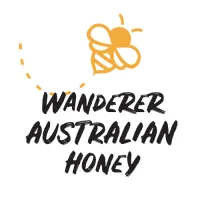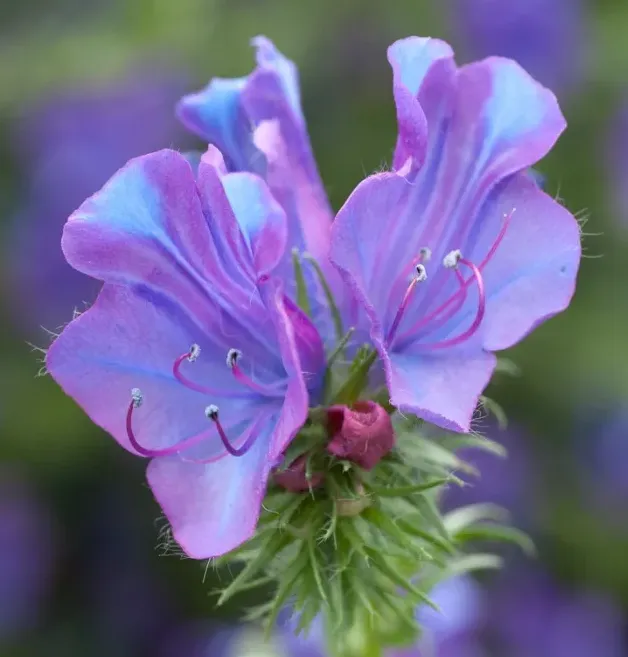Many years ago, there was a horse farm down in South Australia, who grew racing horses for competitions. These horses were very expensive and one day a snake bit one of the horses. The owner quickly called the vet, but unfortunately the horse had died. The owner then contacted his insurance company and told them that the horse died from food poisoning, after eating Paterson Curse plants. The insurance company which insured all his horses for premium dollars, did not flinch and paid a massive amount covering the cost of the horse.
This event has sparked the story around the Salvation Jane – Paterson Curse, which became the biggest myth and fake knowledge about this unique plant. The Paterson Curse is rich in protein, and evidently sheep and cows eat it, and so do horses and goats. Additionally, the Paterson Curse yields nectar in high quality, to produce one of the best honeys in Australia and all over the world.
The story gained more and more momentum and bad effect, as if not enough to get the bad rap, farmers got together and financed a university research stating that Paterson Curse is a poison and even radioactive, not to mention the honey produced from these flowers contain copper… Eventually, a virus was developed to kill the plants, and it was released to the open in order to spread and terminate the plants.
A few facts about the Paterson Curse: All animals eat it. The honey from Paterson Curse is top quality, and one acre can yield up to 550kg in good season. Unfortunately, an amazing source of honey of the highest quality is vanishing right in front of our eyes. The oil from Paterson Curse seeds is very therapeutic and in high demand – if you can get the seeds at all.
I am amazed how people can pick such an innocent target and aim so much effort at it without even thinking whether the story behind it is actually true, without checking the facts. Keep eating Paterson Curse Honey! Ask for it! Demand beekeepers to provide it, maybe we will be able to save the plant… Plant seeds in your own garden, the perfume from these flowers is amazing too.
Enjoy our Paterson Curse when we extract it, as it soon might disappear completely.



